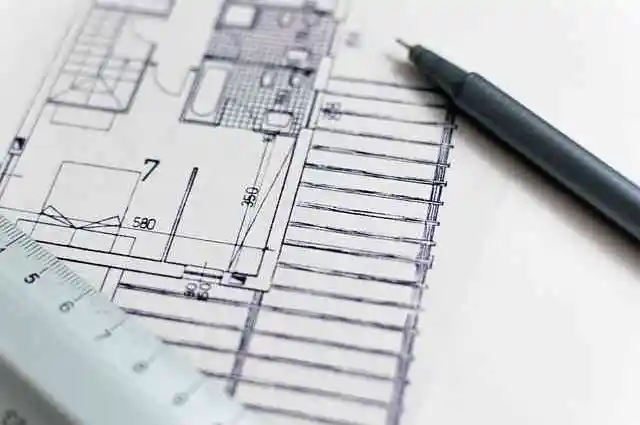High-rise buildings have become an integral part of our modern cities, shaping their skylines and providing homes and workplaces for thousands of people. However, they also come with significant environmental challenges, from high energy consumption to large carbon footprints. As a result, sustainable strategies in high-rise building design have become increasingly important in recent years.
In this article, we will explore some of the key sustainable strategies that can be incorporated into high-rise building design, and how they can benefit both the environment and the occupants.
The Core Elements of Sustainable High-Rise Design
Sustainable high-rise design is built on three core elements: energy efficiency, resource conservation, and occupant well-being. By maximizing these elements, designers can minimize the environmental impact of high-rise buildings while creating comfortable and healthy living and working spaces.
Energy Efficiency
High-rise buildings are notorious for their high energy consumption, but numerous strategies can be employed to improve their energy efficiency. These include:
- Use of energy-efficient building materials such as insulated glass, high-performance glazing, and reflective coatings on the exterior façade.
- Incorporation of green roofs and rooftop gardens to reduce heat absorption and provide natural insulation.
- Installation of energy-efficient lighting systems, including LED lights and motion sensors to minimize unnecessary energy use.
- Utilization of renewable energy sources such as solar panels, wind turbines, and geothermal systems to generate electricity and reduce reliance on fossil fuels.
- Implementation of passive design techniques, including natural ventilation and daylighting, to reduce the need for artificial lighting and mechanical cooling systems.
Resource Conservation
High-rise buildings also consume significant amounts of resources during construction and operation. Sustainable strategies can help minimize this impact by:
- Utilizing sustainable building materials, such as recycled or low-impact materials, to reduce the environmental footprint of construction.
- Incorporating rainwater harvesting and greywater recycling systems to minimize water consumption.
- Implementing waste management strategies, including on-site composting and recycling programs, to reduce the amount of waste sent to landfills.
Occupant Well-being
Sustainable design is not just about minimizing impact on the environment; it also prioritizes the well-being and comfort of building occupants. Some strategies that can contribute to occupant well-being in high-rise buildings include:
- Use of natural materials such as wood and stone, which have been shown to have a positive effect on mental health and well-being.
- Provision of ample natural light and views of the outdoors, which have been linked to increased productivity and improved mental health.
- Implementation of green spaces and biophilic design elements, such as indoor gardens and living walls, to improve air quality and provide a connection to nature in urban environments.
The Benefits of Sustainable High-Rise Design
Incorporating sustainable strategies into high-rise building design offers more than just individual benefits; it can also contribute to broader societal and environmental goals. By reducing energy consumption, high-rise buildings can significantly lower greenhouse gas emissions, thus aiding in the fight against climate change.
Moreover, sustainable design practices often require innovative solutions that can lead to job creation, including specialized crane service roles necessary for installing and maintaining rooftop gardens and large-scale renewable energy fixtures. These types of services not only support the construction phase but also ensure the safety and efficiency of ongoing maintenance in the life of a sustainable high-rise structure.
On an individual level, residents and workers enjoy reduced utility costs, enhanced comfort, and the intangible satisfaction of living or working in a space that aligns with their values for environmental stewardship and sustainability. For cities, sustainable high-rise buildings can contribute to a more livable and healthy urban environment by reducing pollution and improving air quality. Overall, sustainable high-rise design has the potential to create long-term benefits for both current and future generations.
Conclusion
Incorporating sustainable strategies into high-rise building design is no longer just an option; it’s becoming a necessity as we strive to build a more sustainable future. By prioritizing energy efficiency, resource conservation, and occupant well-being, designers can develop high-rise buildings that not only minimize their environmental impact but also contribute to broader societal and environmental goals. So let’s continue pushing the boundaries of sustainable design and make our cities greener, healthier, and more livable for all.




